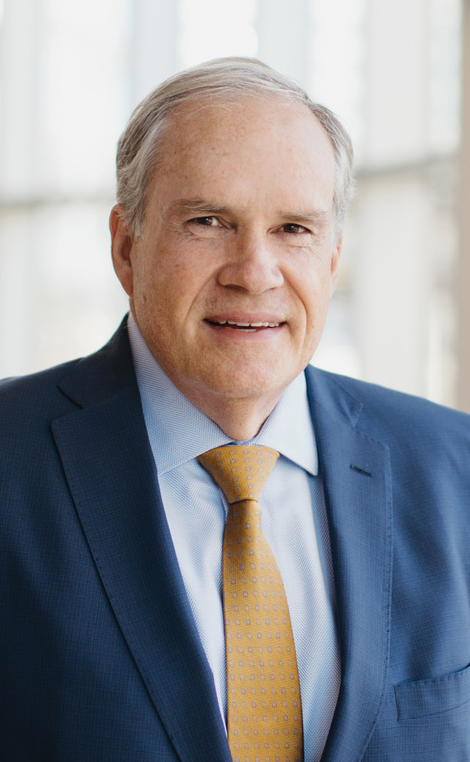 BY John Hawkins, President/CEO, Texas Hospital Association
BY John Hawkins, President/CEO, Texas Hospital Association
With no shortage of polarizing issues circulating in Texas right now, one thing is clear no matter your politics: Mental health is top of mind. The stress of an ongoing pandemic layered with racial tensions, school shootings, divisive abortion laws, and a turbulent economy have pushed behavioral health front and center.
It’s an unfortunate circumstance, and it’s clear that almost everyone is hurting in some way.
The silver lining is that all this stress has helped to normalize further and spotlight the pervasive issue of behavioral health. It’s widely known that Texas paces near the back of the pack in terms of mental health funding. But mental health is no longer an afterthought or a footnote in health conversations. The sentiment now is that mental health is physical health; the mind and body are closely related and work together for overall health. It’s a sentiment that all hospitals – psychiatric, general, and state mental health hospitals – have been pushing for years.
Notably, in addition to 911 for emergencies, we now have 988 for mental health emergencies. Modeled after the well-known emergency 911 line, the federal government recently announced a three-digit line for people to call or text for any kind of mental health support. Dialing this short, memorable number connects people who are suicidal or in distress to a trained mental health professional. This is a step in the right direction and a symbol of work to equalize mental health and physical health.
With all this attention on behavioral health, what can be done in Texas actually to effect lasting change? Doctors do their part on the frontlines. But workforce shortages, limited funding, and insurance and treatment barriers create obstacles to accessing appropriate behavioral health care. The result is that adults and children in Texas with behavioral health needs increasingly rely on clinically inappropriate settings, such as hospital emergency departments, to receive needed behavioral health treatment.
There are things we can do to fix this, but it requires leadership to move the needle on resources and policies. While Texas support for outpatient services and state hospital infrastructure has improved over the years, THA is laying the groundwork to make sure inpatient care, including freestanding psychiatric hospitals, is a larger part of the conversation. Many of these facilities struggled during the pandemic due to staffing shortages and relief that did not keep pace with the need – a need that continues to increase.
Additionally, we want to broaden access to inpatient mental health treatment for adults who have severe needs. Right now, there are strict limitations prohibiting Medicaid spending on more than 15 days of health care services for adults at certain inpatient psychiatric facilities or residential treatment centers. We are seeking to address this “exclusion” by calling for state leadership to work with the Centers for Medicare & Medicaid Services to achieve a waiver to eliminate it — thereby improving access to care, outcomes, and compensation for services provided.
With regard to the workforce, THA has made it a priority to work to expand the Loan Repayment Program for Mental Health Professionals, which provides assistance to behavioral health providers, including psychiatrists, psychologists, mental health advanced practice nurses, counselors, and social workers. It’s currently funded at $2 million per biennium. THA supports increasing funding to help address the critical shortage of behavioral health professionals.
As always, we are calling for health care coverage for low-income patients with behavioral health conditions. We also are calling for funding for behavioral health care that is commensurate with the need for community-based and emergency inpatient services. We also will continue to work to increase access to community-based services to help better manage behavioral health conditions in lower-acuity care settings and reduce reliance on inpatient hospital beds.
The data is clear. One in five Texans experiences a mental health condition each year. Half a million Texas children have a serious emotional disturbance. More than two-thirds of people with a behavioral health condition get no treatment for that condition. Hospitals support behavioral health policies that push this issue forward and strengthen our foundation. The Texas Legislature convenes in January, and we will continue to lay the groundwork for a robust discussion to implement real change for the health – including the mental health – of Texas.


